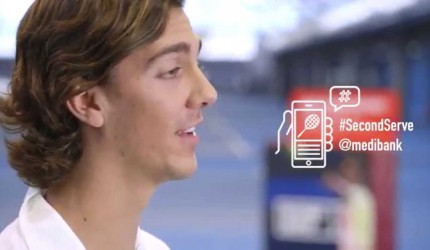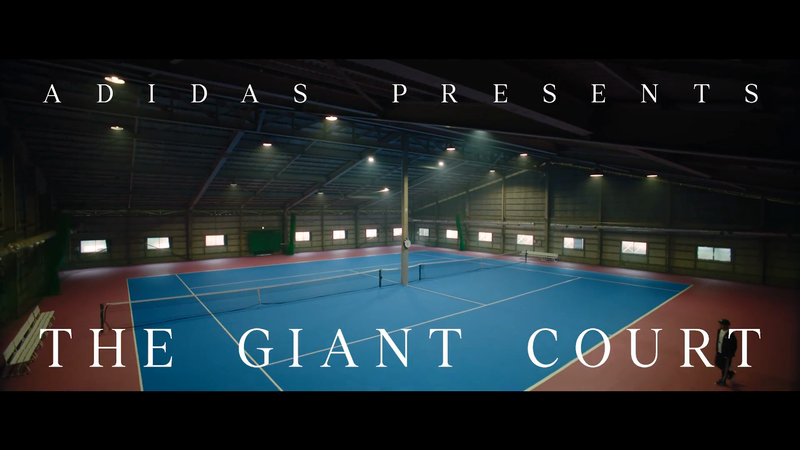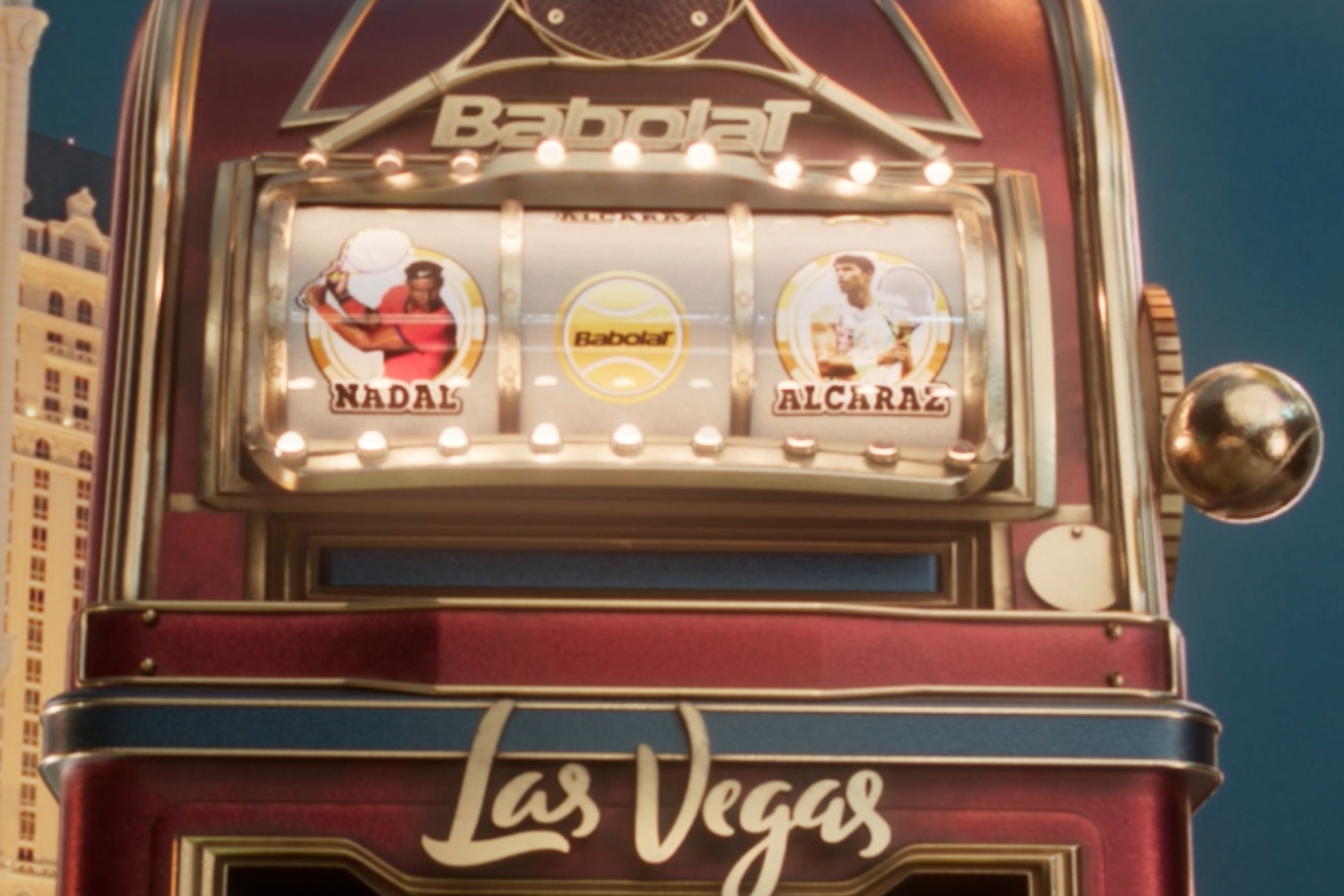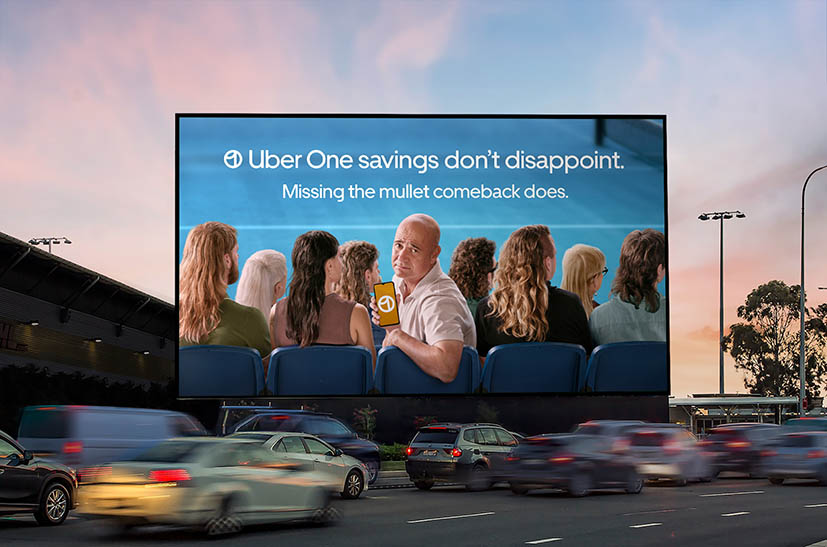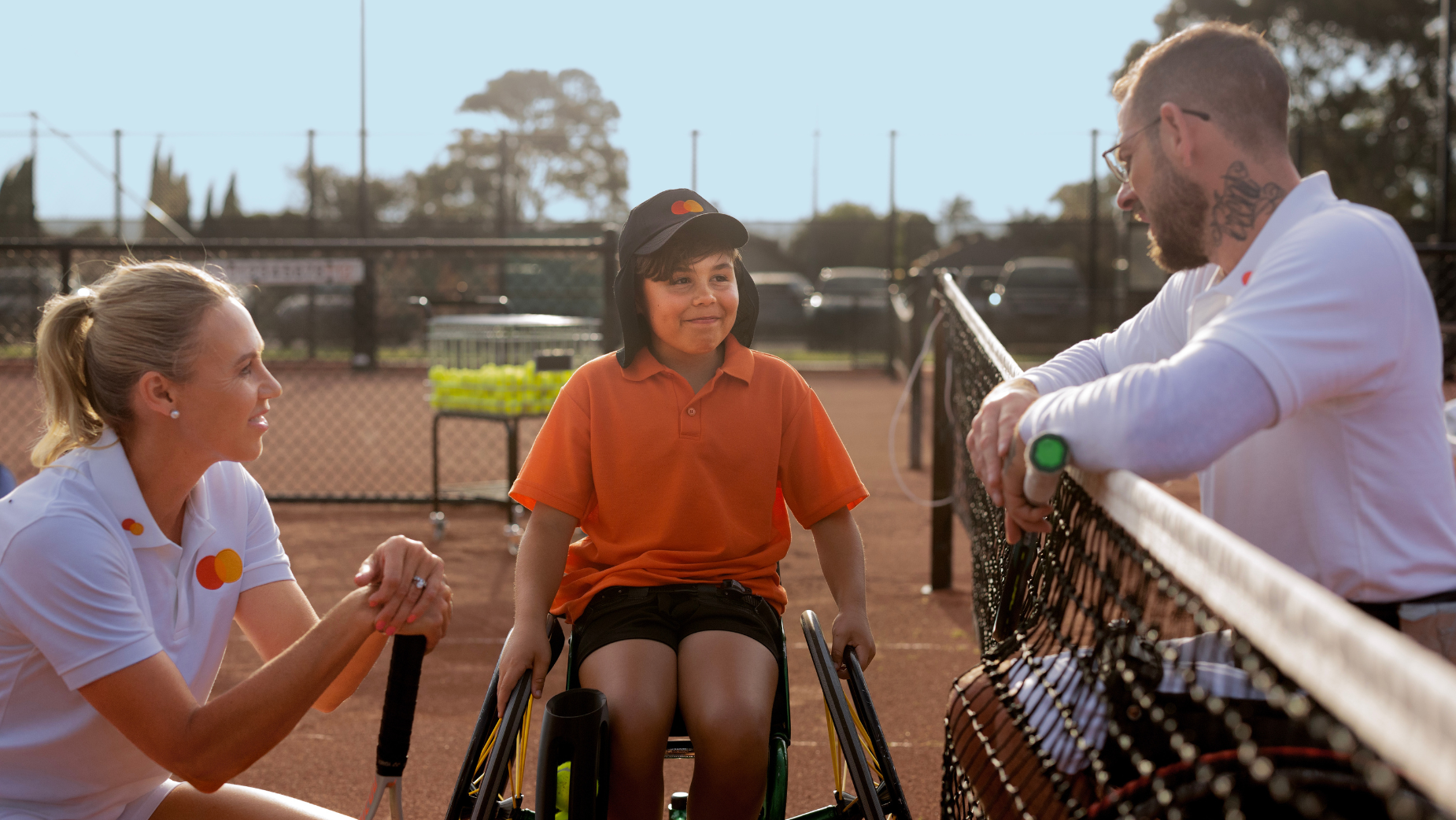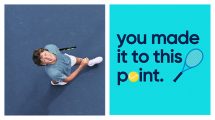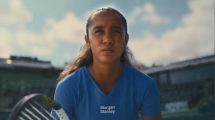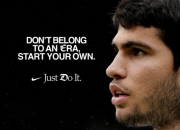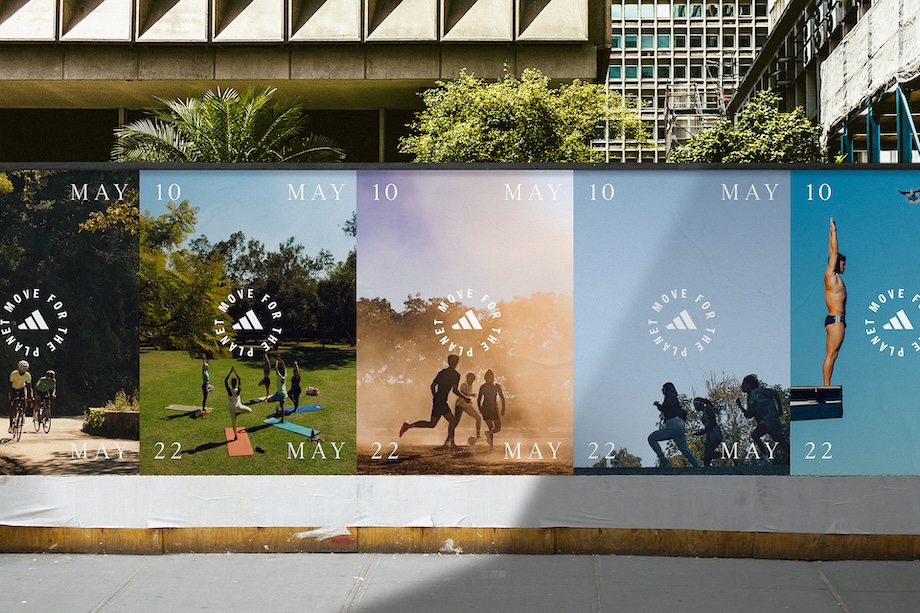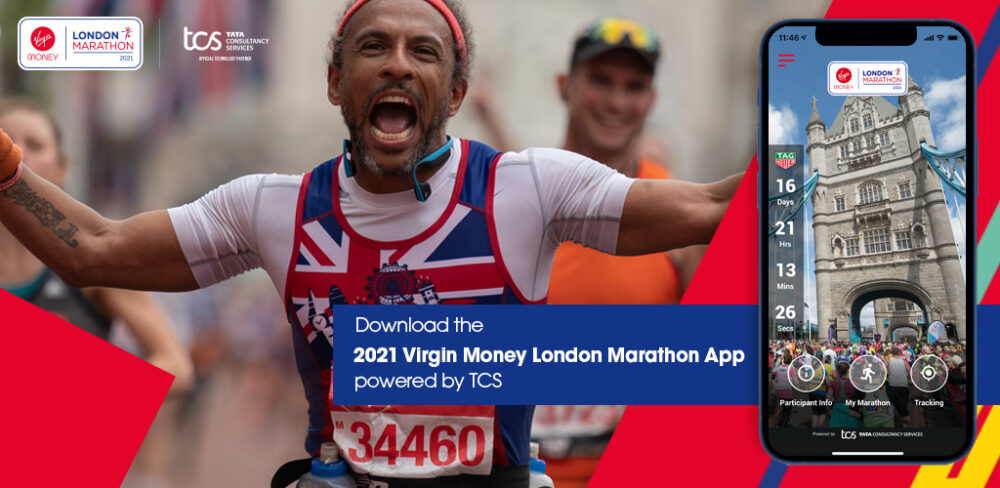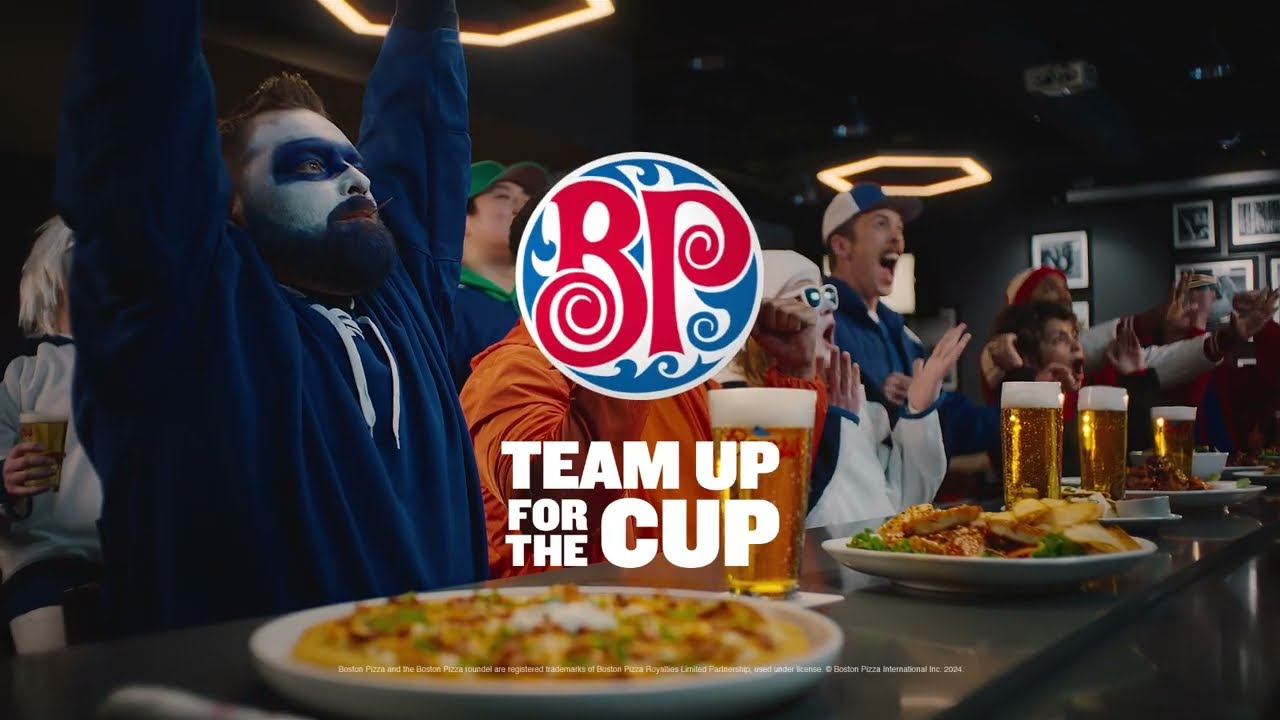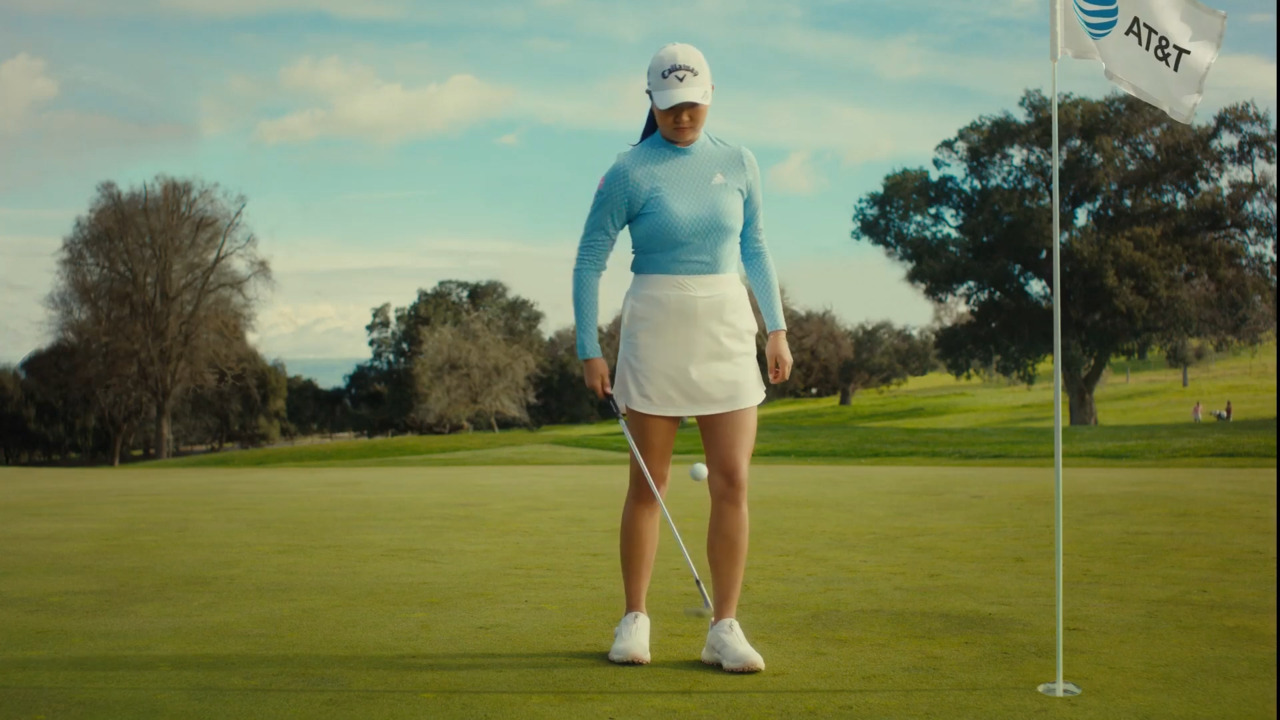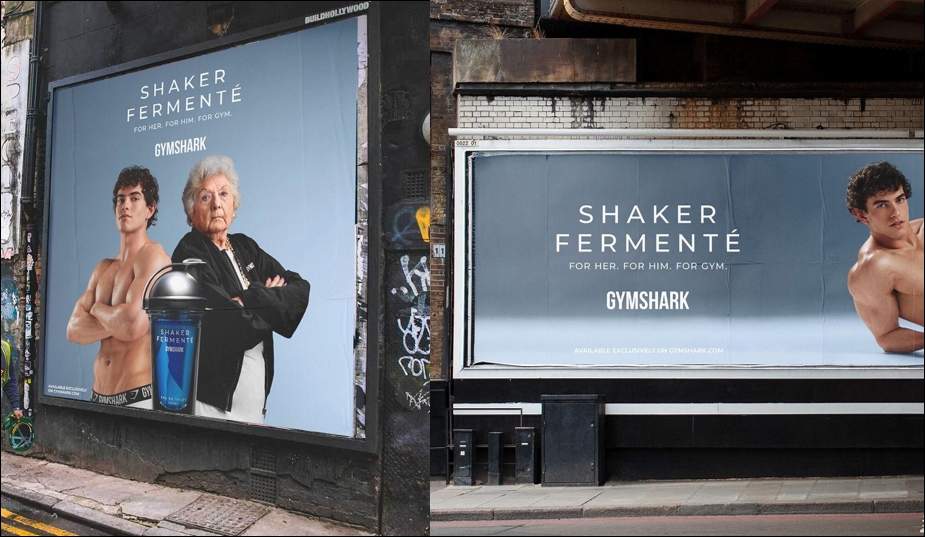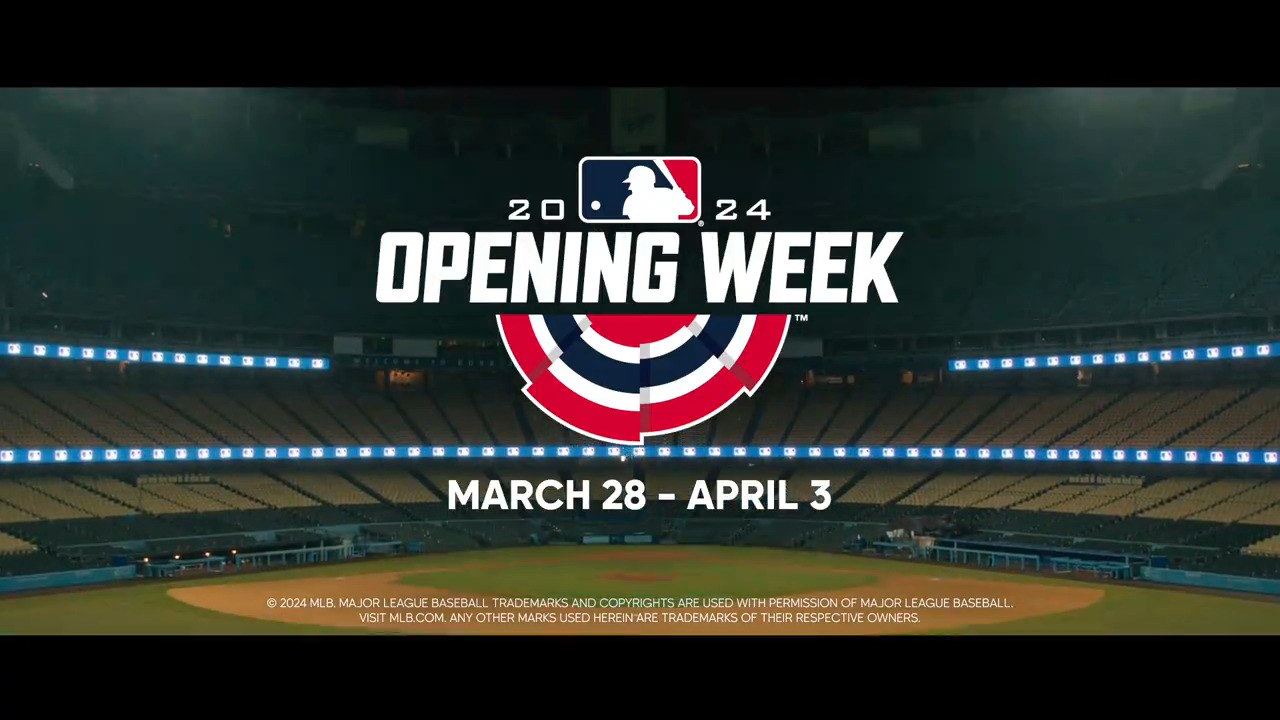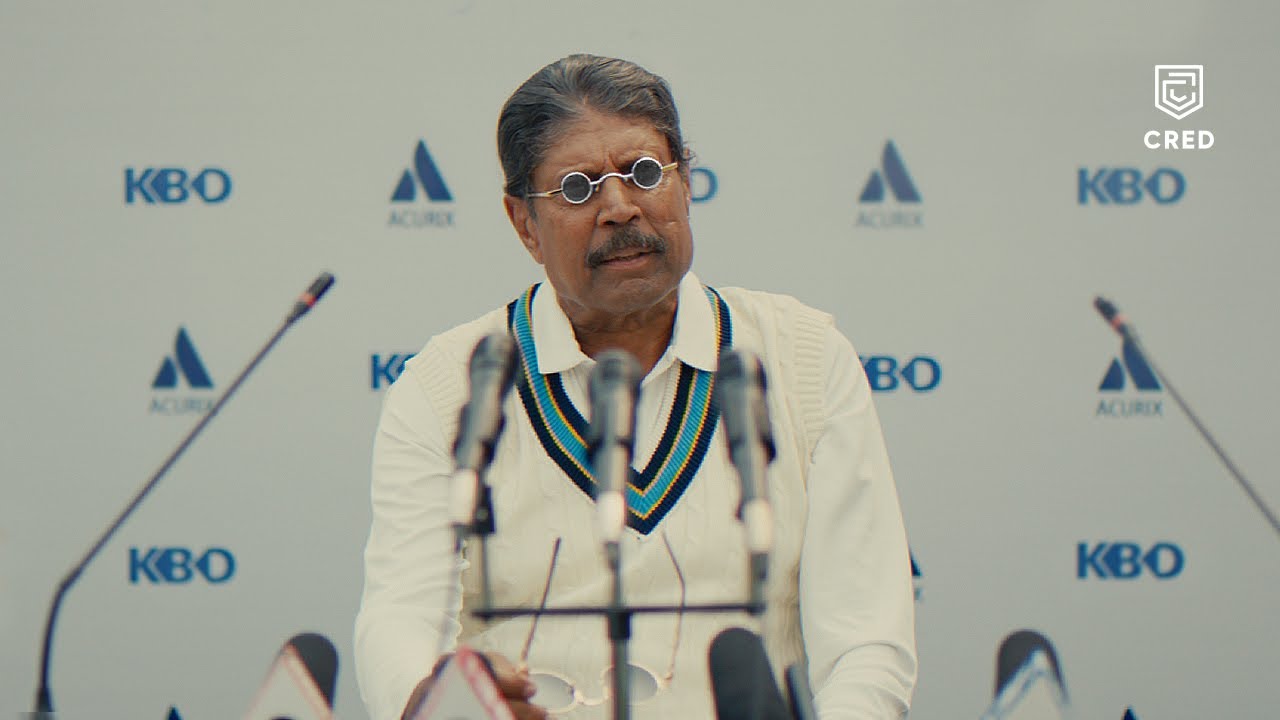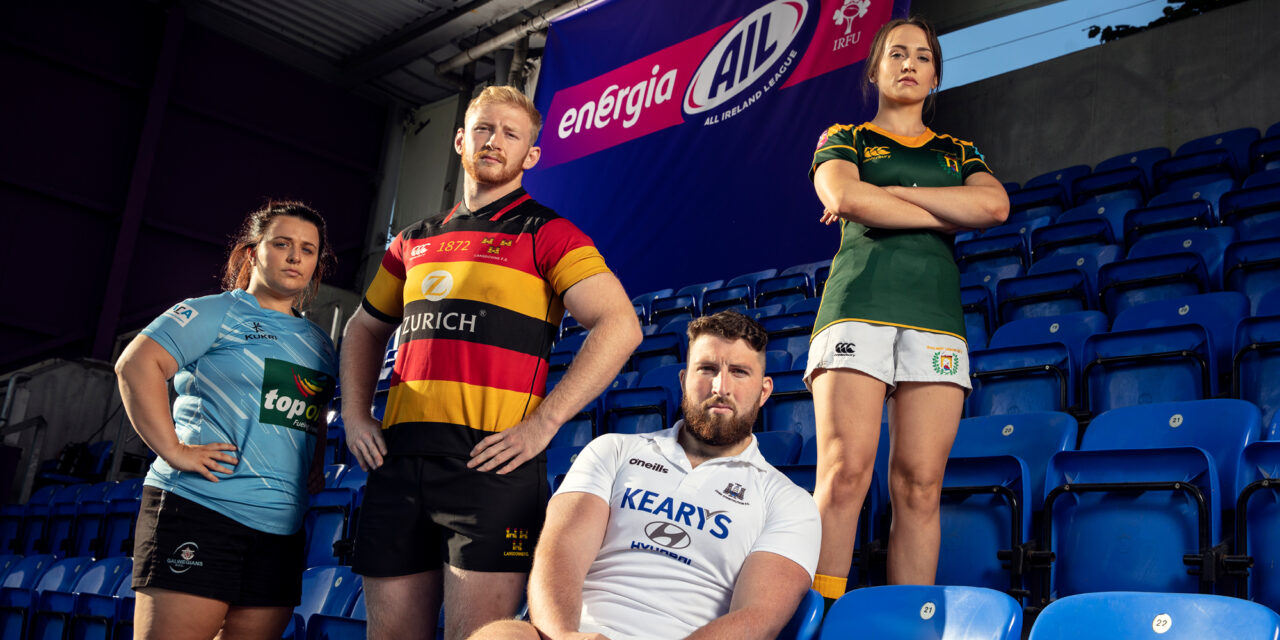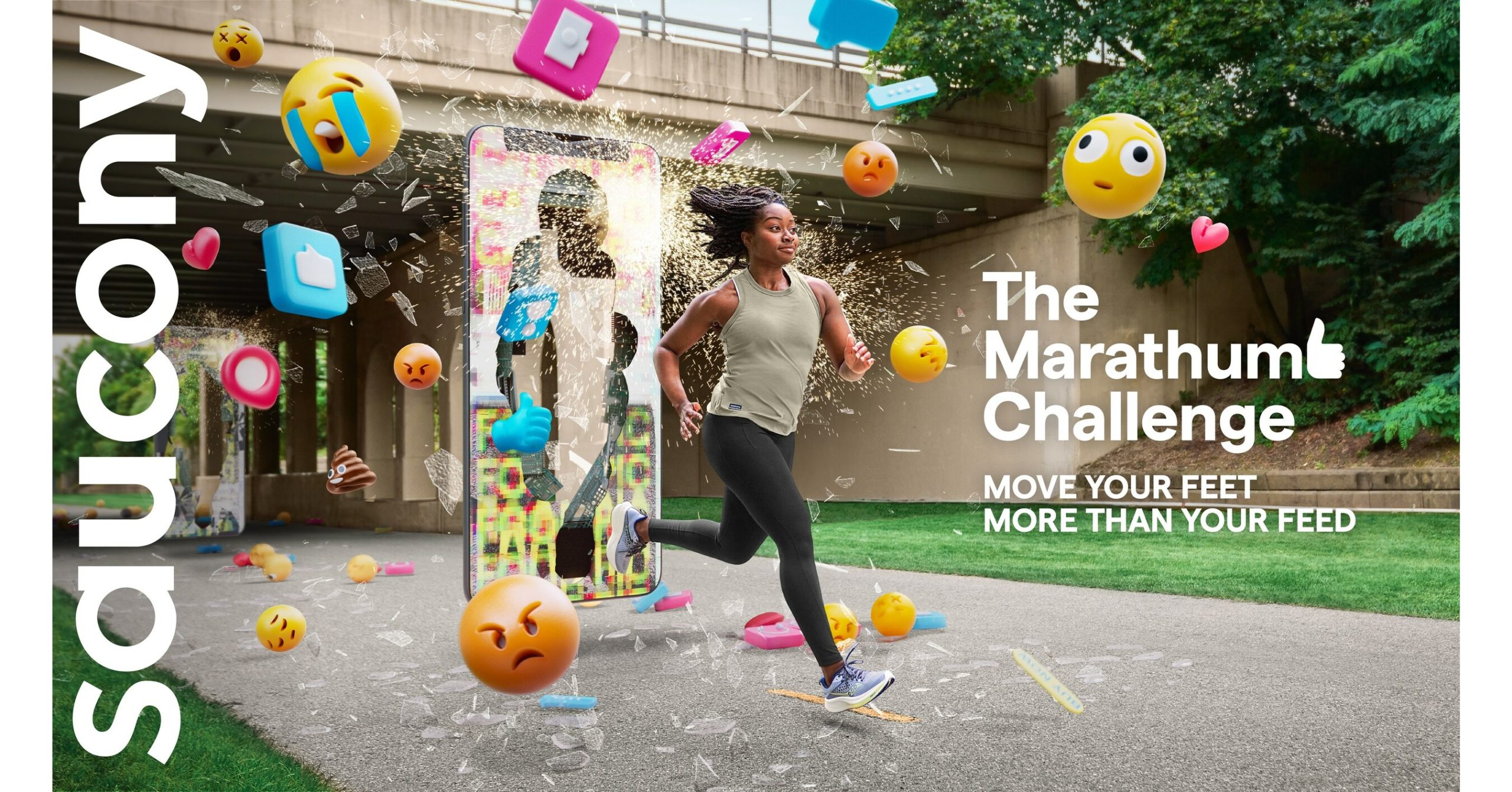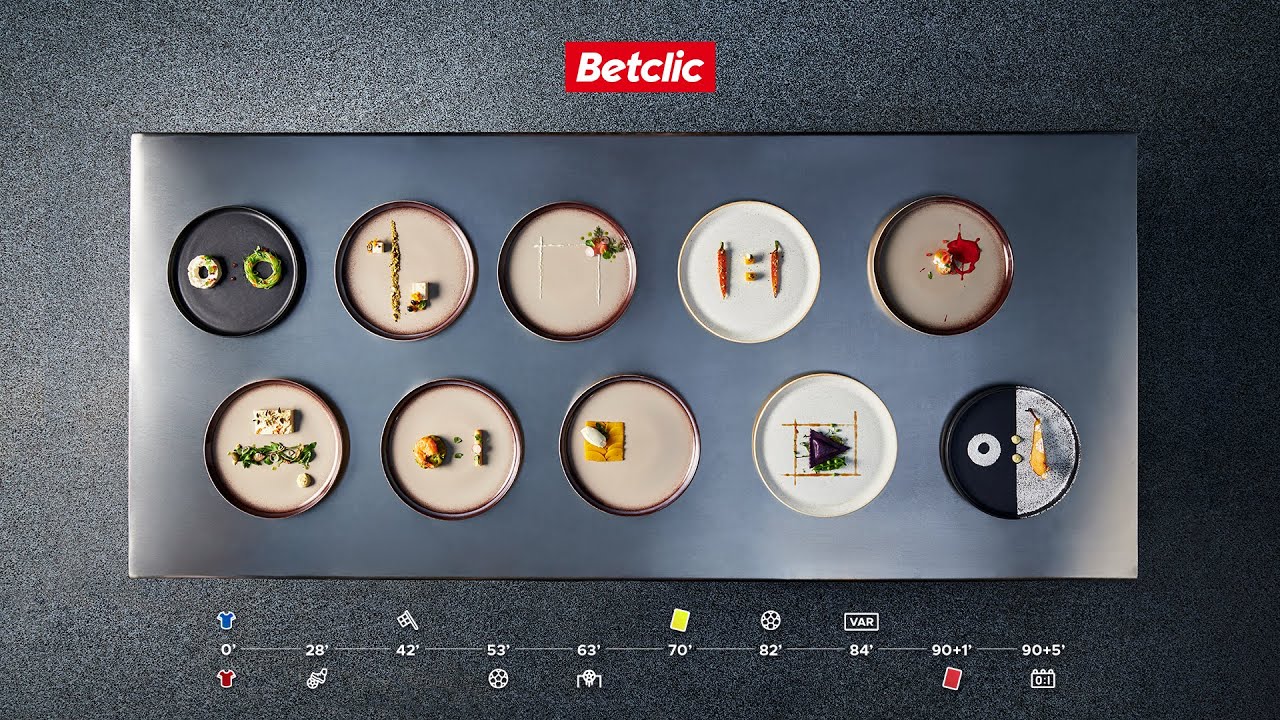Australian Open partner Medibank’s 2016 tournament campaign – Second Serve – is a social media based, cause led initiative encouraging people to ‘re-gift’ their old tennis rackets to children who need them.
This social up-cycling cause aims to enable tennis fans to pass on their love for the game to a new generation.
The campaign encourages Australian tennis lovers to get their old racquet from out of the store cupboard or the garage and bring it to a local Medibank store to leave it in one of the Second Serve branded donation bins.
Medibank will then re-distribute the rackets to the young, local tennis communities: thus insuring that each participant’s personal tennis legacy (however humble) is passed on.
Medibank is trying to bring back the joy and benefit from the hand-me-down traditions of the past by closing the circle and passing down tennis memories, tennis tips and tennis racquets.
Second Serve is being fronted by one of the young new, up-and-coming Australian tennis stars Thanaso Kokkinakis.
He leads a spearhead 40-second film, running over multiple social channels and invites and encourages viewers to snap a photo of their old rackets, post the picture on Instagram using the campaign hashtag #SecondServe and then drop it off at a Medibank store.
Participation is incentivised by offering those donating their rackets the chance to win a trip to the 2016 Australian Open finals.
The winner will be chosen from the Instagram entries.
Viewer and fans are directed to the campaign’s digital hub at www.medibank.com.au/SecondServe and at http://hubspot.bemagazine.com.au/secondserve/ to learn more about the campaign and to read ‘Second Serve’ story entries.
‘My first tennis racquet was pink and purple. A little too big at the start, and much too small at the end, it saw me through boisterous games with the neighbourhood kids, shy beginnings on the local courts, and the odd sibling conflict over the head.
‘And yet, despite the many games it accompanied me in – mostly losses, if I’m honest – not a single string is broken. The paint is faded but unchipped. The handle still has its original grip. Despite its durability, however, it has met a premature demise, waiting sadly in my dusty garage for another hit. (One that is looking fairly unlikely.)
‘My tennis years are behind me, left in a time when extra-curricular activities and weekend sport dominated play. Sport for me these days, like many, takes place in an air-conditioned gym before or after work, or any other opportunity that presents itself.’
The initiative is also amplified across the brand’s other platforms – from on-site spaces and street teams, to social media.
In addition to the usual on-site branding and trophy access opportunities,
Thanks for the loan this morning @australianopen, we can't wait to see who gets them in 2016! #Ausopen #4moresleeps pic.twitter.com/J2UhjxTNym
— Medibank (@medibank) January 14, 2016
other activation strands include a Medibank members only free seat cushion,
Medibank members, visit us on Grand Slam Oval to pick up your free seat cushion for the tennis – comfy! #AusOpen pic.twitter.com/tl6aBRePAp
— Medibank (@medibank) January 18, 2016
and on-site ‘Refresh Lounge’ and a fitness focused street team helping spectators get ‘fan fit’,
We're ready for you @Australianopen 2016. Drop by Grand Slam Oval to get fan fit for the tennis! #1DAYTOGO #AusOpen pic.twitter.com/CEOOsQ2OBA
— Medibank (@medibank) January 17, 2016
‘We support tennis in all levels and we want to get more children active and encourage kids in need to be more physically active,’ says Medibank general manager of brand & marketing Fiona Le Brocq.
Comment
The thinking behind the initiative is based on not only on the uber consumer trend that sees so many things (from toys and sports equipments, to clothes and consumer electronics) discarded so fast, but that the joy generated from the hand-me-down tradition of passing down beloved possessions to the next generation is disappearing.
It is also built on the objective of bringing back the nation’s love of tennis to a new generation of ordinary Australians.
After all, in the 180s and 1990s the sport was at the peak of its popularity in Australia. Booth in terms of the amateur game and interest in the elite tournaments and in super star Australian players from Pat Cash and Patrick Rafter (plus Woodforde and Philippoussis).
Indeed, this year’s retirement of Leyton Hewitt seems to mark the end of an area for Australian tennis.
In an era of smartphones and games consoles, a recent study by Monash University shows tennis participation rates among young Australians during the last decade have dropped 63%.
Furthermore, child obesity is becoming an ever growing problem in Australia.
If average weight increases continues at the current levels, by 2025 around one third of all children will be overweight or obese.
Thus the campaign also dovetails neatly with the brand’s umbrella goal of creating a healthier nation
Indeed, campaigns built around causes is a popular tactic at this year’s Australian Open and this campaigns has echoes of ANZ’s #HeadbandsForGood initiative (see case study).
Perhaps 2016 will be a giving year.
The health insurer has certainly taken a fairly different activation approach from last year’s #WePlay kids recreation campaign (see case study).
Links
Medibank SecondServe Website:
www.medibank.com.au/SecondServe
Medibank YouTube:
https://www.youtube.com/user/MedibankPrivate
Medibank Website:
Medibank Twitter:
Medibank Facebook:
https://www.facebook.com/Medibank/
Medibank Google+:
https://plus.google.com/u/1/+medibank
Australian Open Website
Australian Open TV YouTube
https://www.youtube.com/user/australianopentv
Australia Open Twitter
https://twitter.com/AustralianOpen
@AustralianOpen
#AusOpen

